Huawei Mate 10 review
The Huawei Mate 10 was announced in the shadows of the Mate 10 Pro.
It sports a lower price, beefier design, no waterproofing and no OLED screen. As a result, it’s in danger of being dismissed as the inferior, forgettable sibling.
Huawei hasn’t helped this by releasing the Mate 10 only in select markets, while the flagship Huawei Mate 10 Pro is more widely available – even in the US starting on February 18.
For many users though, the Mate 10 could be the better choice. In fact, for a certain type of user, it could be the best smartphone currently on the market.
A bold claim, but hear us out.
The Mate 10 has the same camera as that found on the Mate 10 Pro, a very competent snapper with f/1.6 lenses. It also features the brand new Kirin 970 chipset, loaded up with cutting-edge components.
Add to that mix a 4,000mAh battery, an all-important 3.5mm headphone jack and a microSD card slot – both the latter missing in the Pro variant - and the appeal of the vanilla Mate 10 fast becomes self-evident.
It also stacks up very well alongside the non-Huawei competition. It has virtually the same storage, resolution and RAM configurations as the Samsung Galaxy S8 and Galaxy S8 Plus, as well as the LG V30.
The glass back and metal frame also give it a design-edge over pricier devices like the Google Pixel 2 and Pixel 2 XL, while the price undercuts all the main competition, apart from the OnePlus 5.
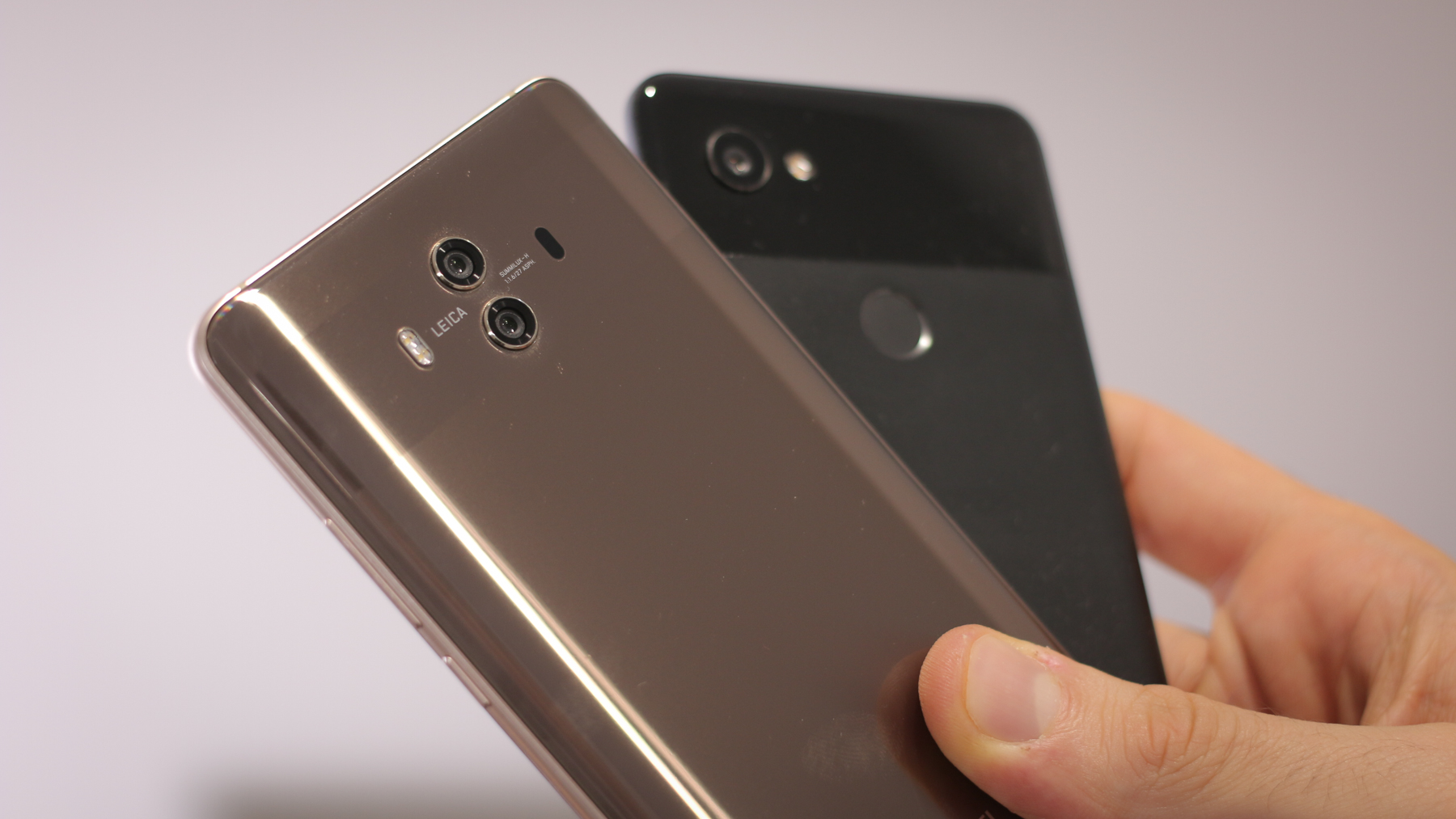
Add to that a pre-loaded screen protector and a soft touch case in the box and in addition to being a spec-beast, the AU$899 (around $710, £530) Huawei Mate 10 is also a reasonably priced offering given the current flagship climate – on paper at least.
Update: Deciding between Huawei and Honor's latest phones just got a bit tougher with the launch of the Honor View 10. It features the latest internals found in the Huawei Mate 10 and Mate 10 Pro, like the Kirin 970 and 6GB of RAM, but comes in £449 (around $600/AU$775, though may be less when it arrives).
There are certainly sacrifices made for the lower price point, like a build that's less premium and cameras that can't see into the darkness as well. But given that the Mate 10 isn't available in many regions, the View 10 is worth checking out, that is, unless opting for the Mate 10 Pro is more your style.
Huawei Mate 10 price and availability
- Landing November 15 in Australia
- No US or UK availability
- Costs AU$899 (around $710, £530)
Confirmed for Australia, China, Egypt, Malaysia, Mexico, New Zealand, Philippines, Saudi Arabia, Singapore, Spain, UAE and other select markets, despite being widely available, the Mate 10 doesn’t look set to launch in the UK or US just yet.
Costing AU$899 (around $710, £530) SIM free, the Mate 10 will be available in Australia from November 15, with availability for Vodafone AU and JB Hi-Fi confirmed.
Better than the Mate 9?
- Large 5.9-inch QHD screen
- A dual f/1.6 lens camera
- Newest Kirin 970 chipset
The Huawei Mate 10 is the true successor to the Mate 9. It has the same size screen and virtually identical proportions.
Upping the ante, it upgrades the build from all-metal to a combination of glass and metal, resulting in a more premium fit and finish.
The Mate 10 also increases the screen resolution from Full HD to QHD, while retaining the same 5.9-inch 16:9 screen-size and aspect ratio, resulting in a much sharper display.
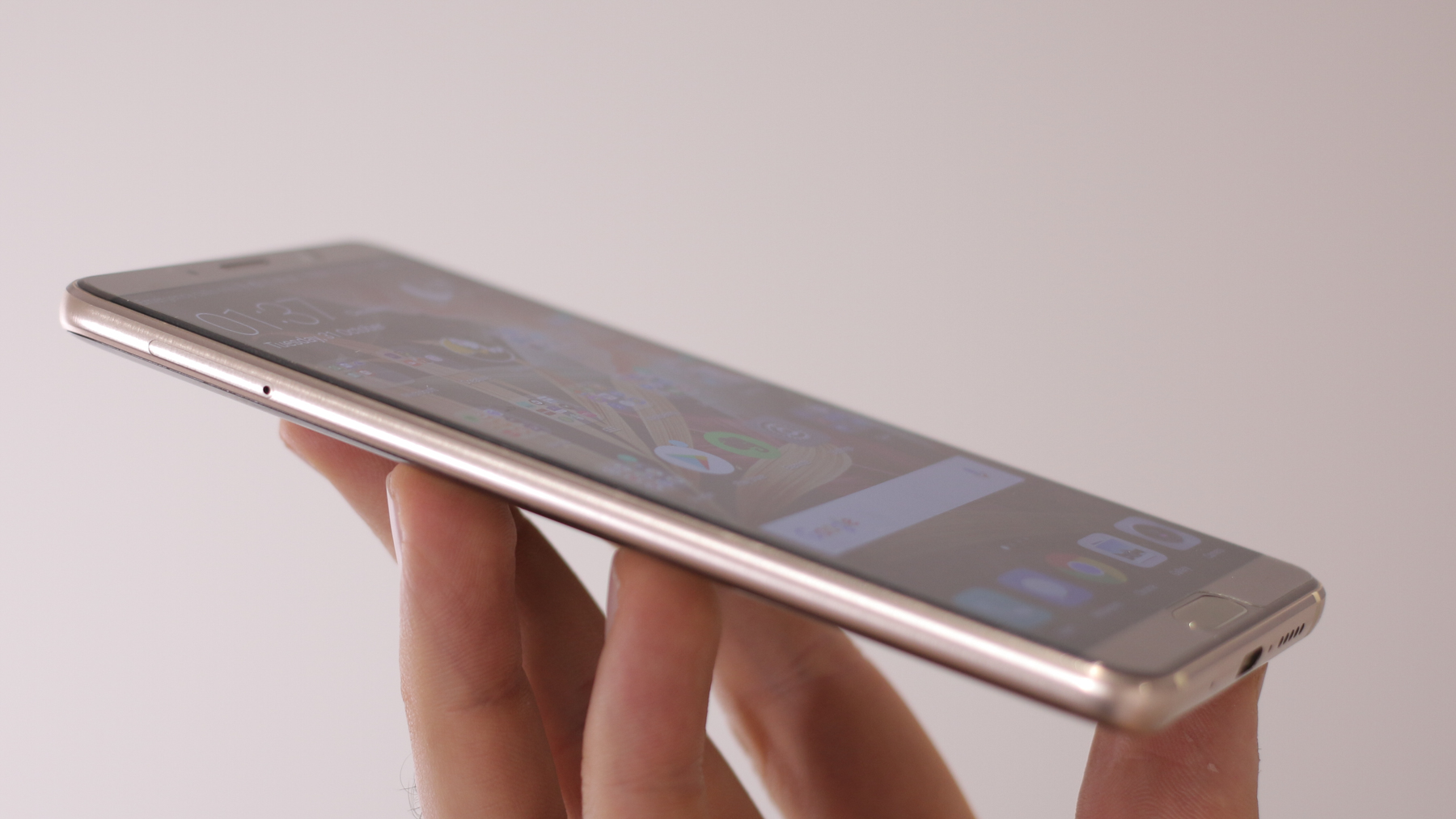
The camera is also improved here, with f/1.6 apertures across both dual rear lenses.
Huawei has integrated AI components into its camera UI, with a smart scene detection that, it claims, gets to know how you shoot and fine-tunes results accordingly.
The Mate 10 and Mate 10 Pro also ship with the latest version of Android, Android 8, complete with EMUI 8, Huawei’s custom interface.
This also outputs to a TV or monitor to create EMUI desktop, a Samsung DeX/Microsoft Continuum-style experience that supports full keyboard and mouse input.
Round the key feature list off with a 4,000mAh battery, IR blaster for TV remote control functionality, 64GB of storage and a microSD card slot, and the Mate 10 spec-list reads very well indeed.
Design and display
- A big phone with a premium finish
- Splash proof, but not water truly resistant
- Sharp screen, but less punchy than OLED rivals
The new trend of metal frames and glass fronted and backed bodies has made its way onto the Huawei Mate series, and the Mate 10 is an excellent example of this design done right.
The front is all about that screen, with an impressive 81.6% screen-to-body ratio. Below the screen sits a fingerprint scanner, above it, a front camera and speaker, while to the right are all the buttons.
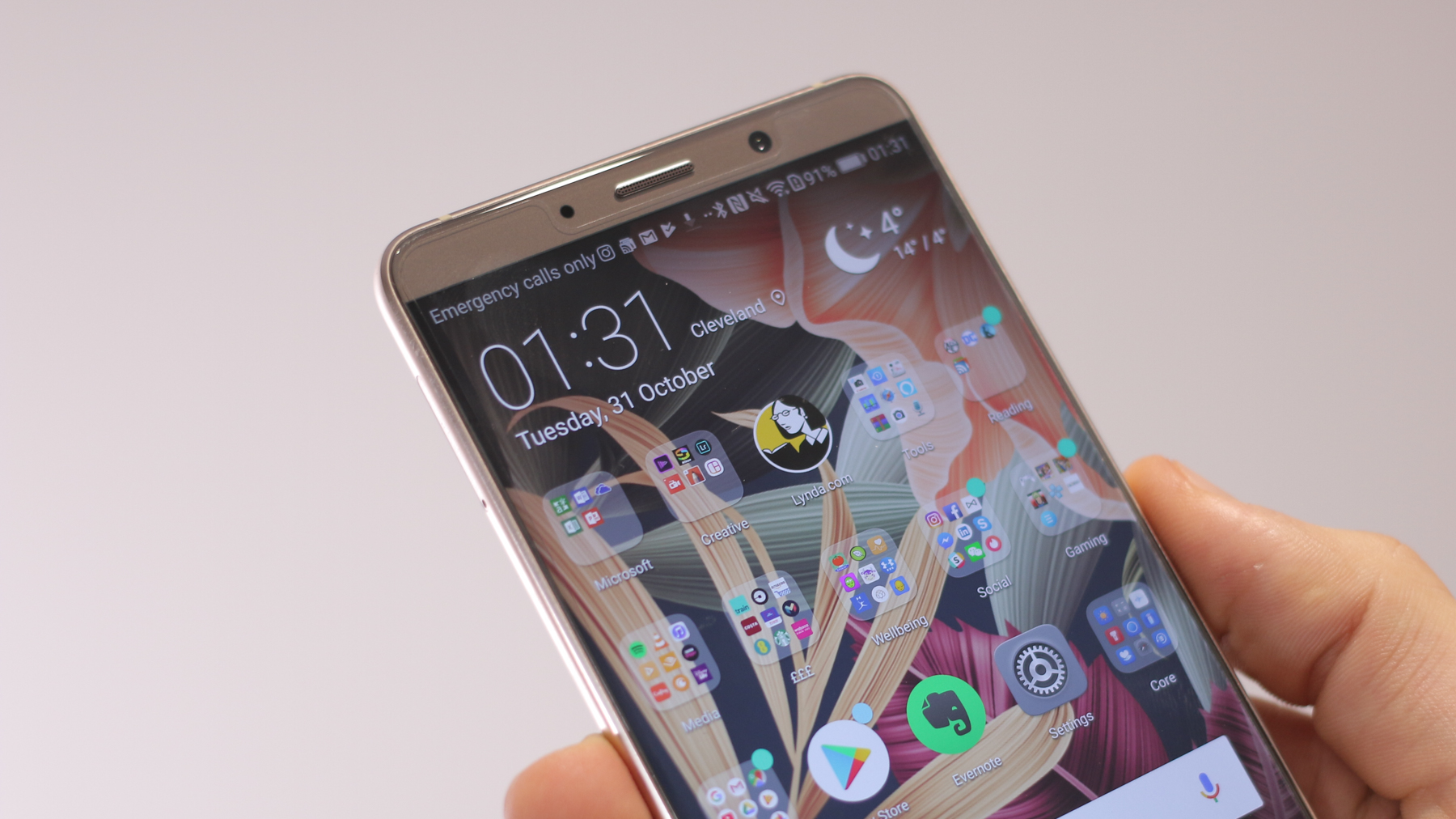
These protrude nicely and offer excellent, click tactility so you know exactly when you’ve pressed one. At the base is the bottom firing speaker and USB-C port, while up at the top is a 3.5mm headphone port and IR blaster.
The headphone port is one area the Huawei Mate 10 will edge ahead for many over the Mate 10 Pro, Google Pixel 2 XL and iPhone 8 Plus. Unlike the aforementioned, the Mate 10 also features a microSD card slot for expandable storage.
Around the back of the Mate 10 there's a sheet of Gorilla Glass. This is curved across both axis, so the phone feels comfortable in the hand, despite its size.
It also delivers a decent amount of grip and looks exceptionally slick in the process.
Unsurprisingly, it does attract fingerprints readily, especially in the darker variants, so if you want to keep grubby marks at bay, use the soft touch case that ships in the box.
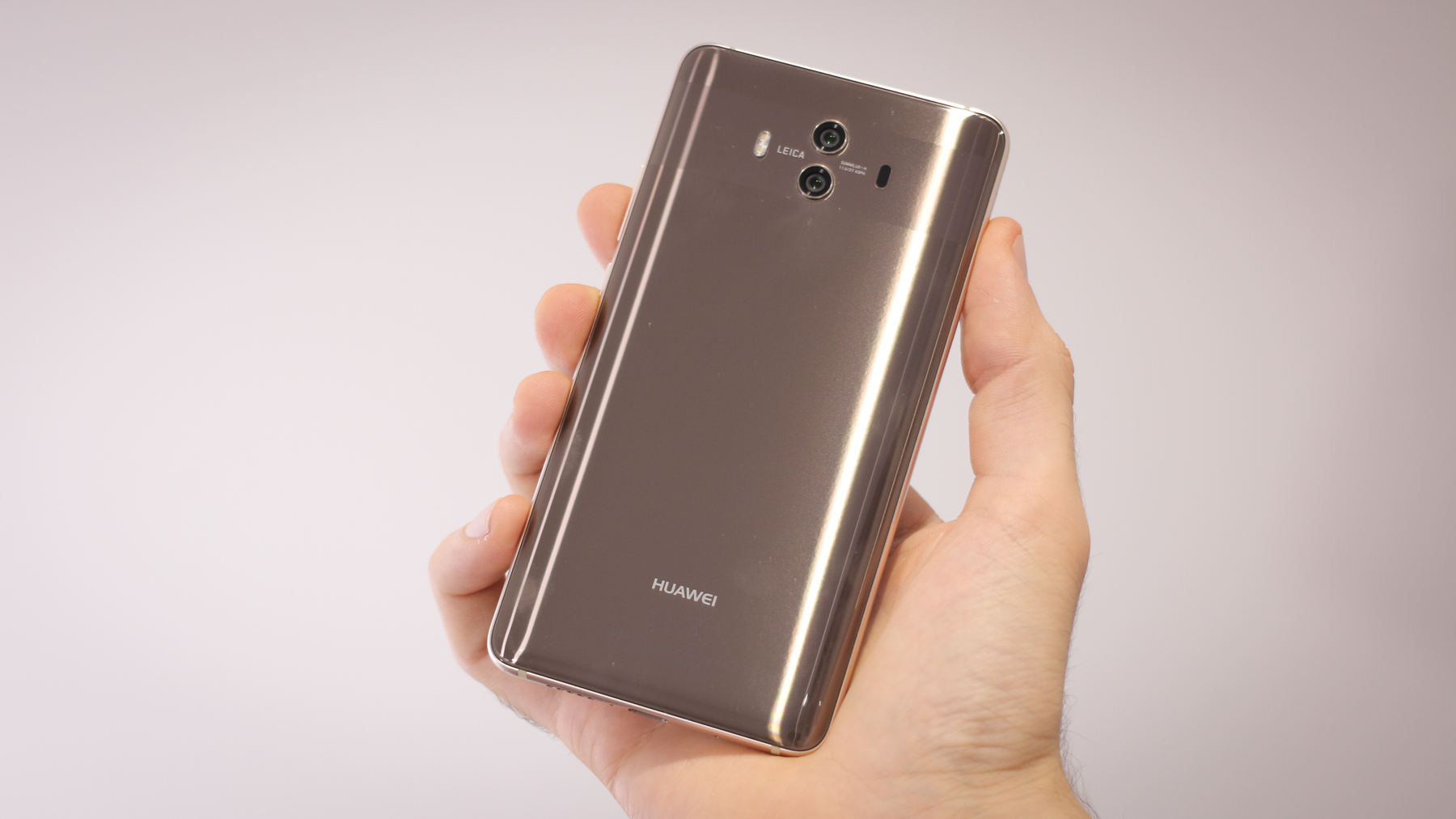
The Mate 10 also comes pre-fitted with a screen protector, so Huawei makes sure from the get go, you won’t need to invest extra in accessories to keep your phone free of scuffs.
There's no real waterproofing or water resistance here, so the Mate 10 won't withstand a dunk, however the IP53 splash-proof rating means use in light rain and an occasional spillage nearby won't render it a shiny, pricey brick.
As for the screen, it's a 5.9-inch QHD IPS LCD panel. 5.9 inches may sound smaller than the Mate 10 Pro's 6 inches of screen, but given the Mate 10's more traditional, 16:9 aspect ratio, this is actually a bigger phone with a bigger display from a surface area point of view.
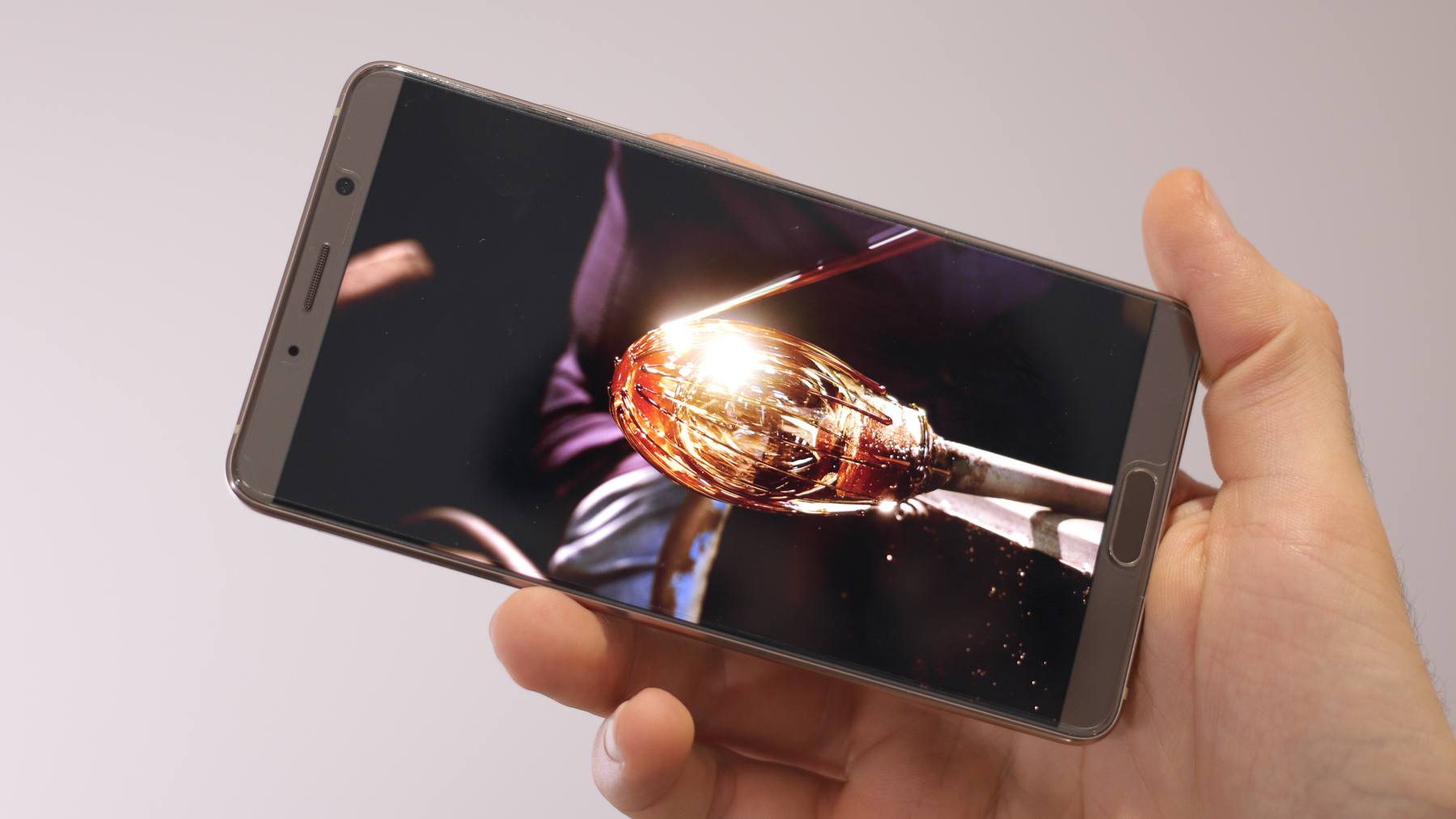
As a result, you get more screen here than you do on the Mate 10 Pro and other 6-inch 18:9 devices like the Pixel 2 XL and LG V30.
The IPS screen technology on the Mate 10 is loaded up with support for HDR10, delivering punchy colours and greater dynamic range when watching supported content.
Despite looking great in isolation, quality can’t compete with the likes of the Samsung Galaxy Note 8 and Mate 10 Pro with their OLED technology.
Despite this, viewing angles are very good and it all gets extremely bright – up to 730 nits.
Battery life
- Large 4,000mAh battery lasts a day or more
- No wireless charging
It’s unsurprising that with a 4,000mAh battery, the Huawei Mate 10 lasts a very long time.
The Mate 10's battery isn’t quite as long-lasting as the Mate 10 Pro though. It will comfortably make it through to the end of a day with regular usage and even leave you with around 15-25% juice left over to play with.
Given the screen’s 730 nits of potential brightness though, you’ll definitely want to keep tabs on your settings, keeping auto-brightness turned on when possible if you want to eke out more than a day of use.
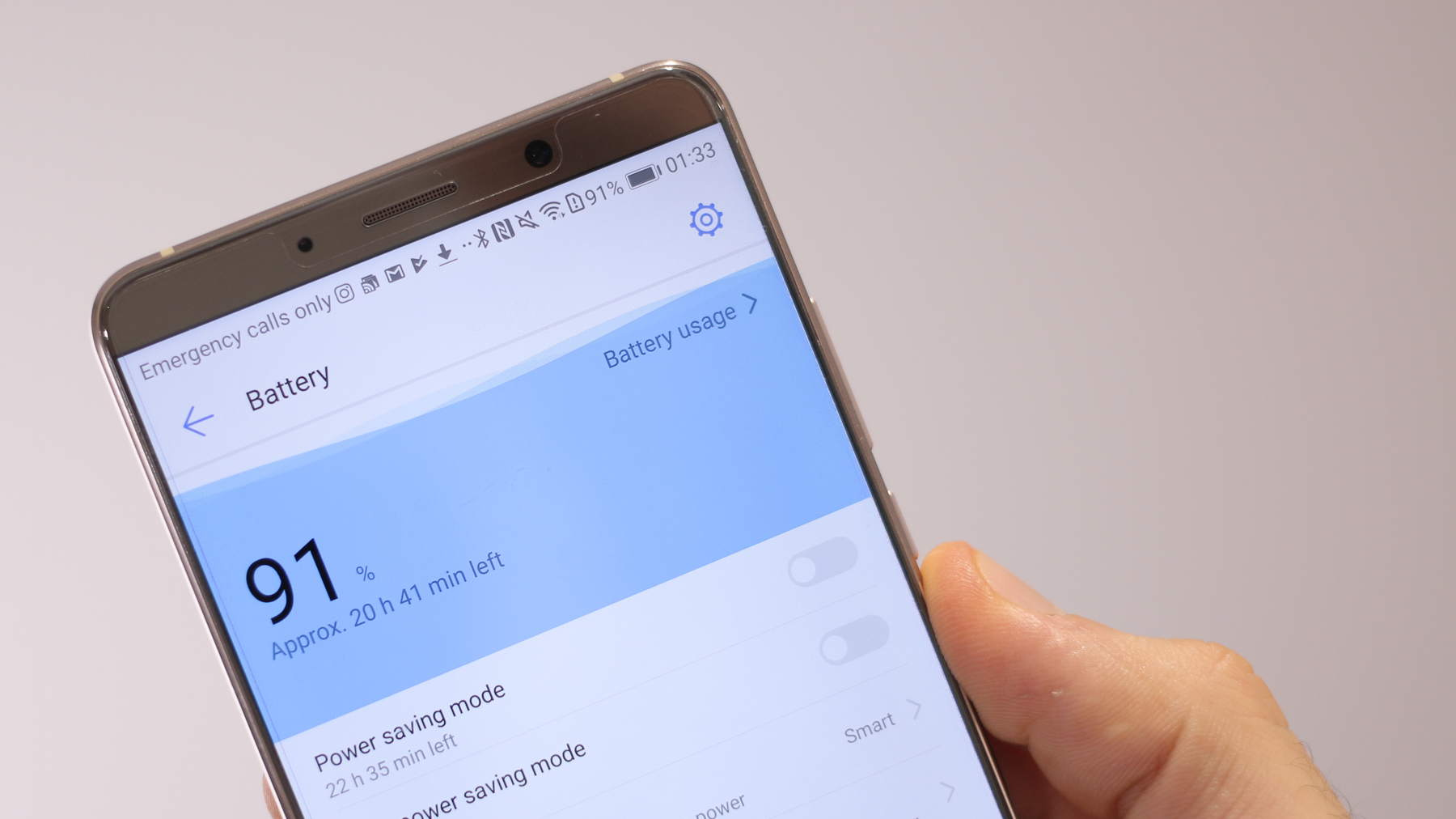
Huawei also loads up plenty of battery saving options in the settings, from traditional modes that turn off background processes right through to resolution scaling, so you can process out the user interface at either 1080p or 720p, thereby putting less pressure on the chipset.
Note however that there's no wireless charging, which is included in a large and ever-growing number of high-end phones.
Camera
- Dual rear cameras
- Strong low light performance
The Mate 10 Pro has dual cameras, one with a 12MP color (RGB) sensor paired with optical image stabilization (OIS). The second camera has a 20MP black and white (monochrome) sensor and no OIS.
These are both loaded up with f/1.6 aperture lenses – a first for dual-camera smartphones.
It’s an identical set-up to that found on the Mate 10 Pro, and one that should result in excellent low-light performance based on the numbers.
Luckily for Huawei, it does, with image processing and detail in middling to low light faring very well. While there is grain, the Mate 10 strikes a good balance of detail and noise reduction.
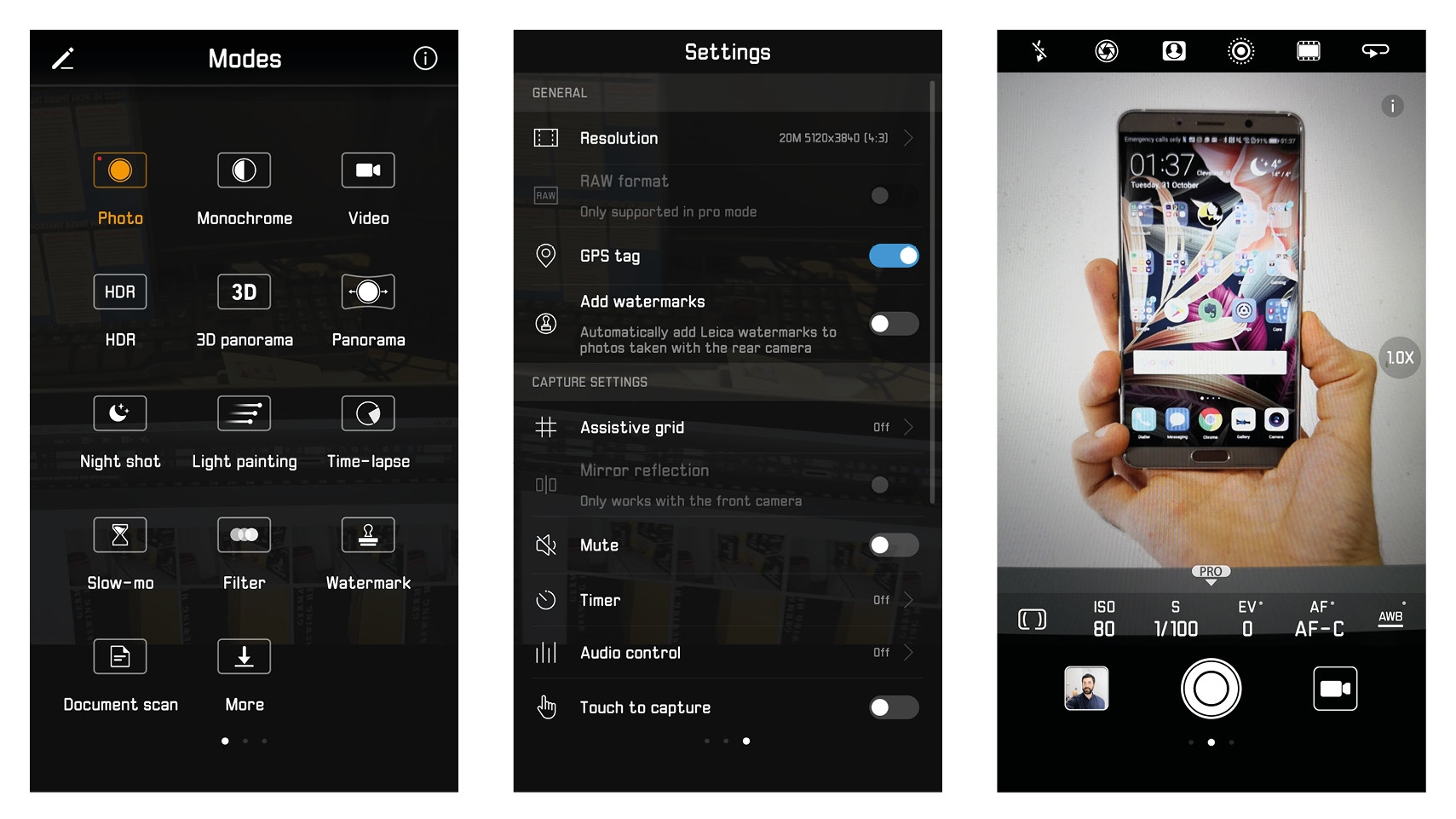
Pictures are taken at a default resolution of 12MP and can be bumped up to 20MP thanks to that secondary monochrome sensor.
Focus and color accuracy are both excellent, though a tendency to overexpose shots slightly and worse dynamic range than the likes of the Google Pixel 2 XL mean it falls just behind the front runners in good light.
Detail in macro shots is very good, as is autofocus. Should the situation prove challenging, there’s also manual focus to help things along, which is a huge help.
The Mate 10 and Mate 10 Pro also support a new ‘AI zoom’ feature. This results in digital zoom that can even trump the iPhone 8 Plus’s optical zoom in certain conditions.
Go beyond the traditional shooting modes and the Huawei Mate 10 really comes into its own.
A bokeh effect blurs out the background and offers a bit more flexibility than rival systems once the shot is taken.

There’s also full manual support across photo and video, from 30-second manual shutter speeds through to manual video at up to 4K resolution.
Semi-automatic modes are also spot-on, with an intelligent night mode that composites instances of a scene to create eerily dynamic shots.
Light painting modes make the phone feel like a pocketable enthusiast camera, and a useful document mode that resizes and orients pictures of documents turns the Mate 10 into a mobile scanner.
The results from the 8MP front camera are also good, with pictures capturing a decent amount of detail and beauty modes dialled back by comparison to older Huawei smartphones.
The front camera can also capture up to 1080p video too, making it competitive, albeit not class-leading.
Camera samples
Interface and reliability
- Feature-packed but cluttered interface
- Runs Android Oreo
- Includes a useful desktop mode
The Mate 10 launched with the latest version of Google’s Android, also known as Oreo. This puts it at an advantage from the start over much of the competition.
On top of giving it access to all the apps in the Google Play Store, Oreo offers support for features like picture-in-picture video at an operating system level, not to mention the latest security updates.
Not content with Google’s UI, Huawei supplements the experience with its own Android Skin, EMUI 8.
Amongst the most customizable of mainstream smartphone interfaces, it gives you control over everything from home screen transitions, icon themes and screen color calibration through to navigation bar layout, knuckle input and fingerprint gestures.
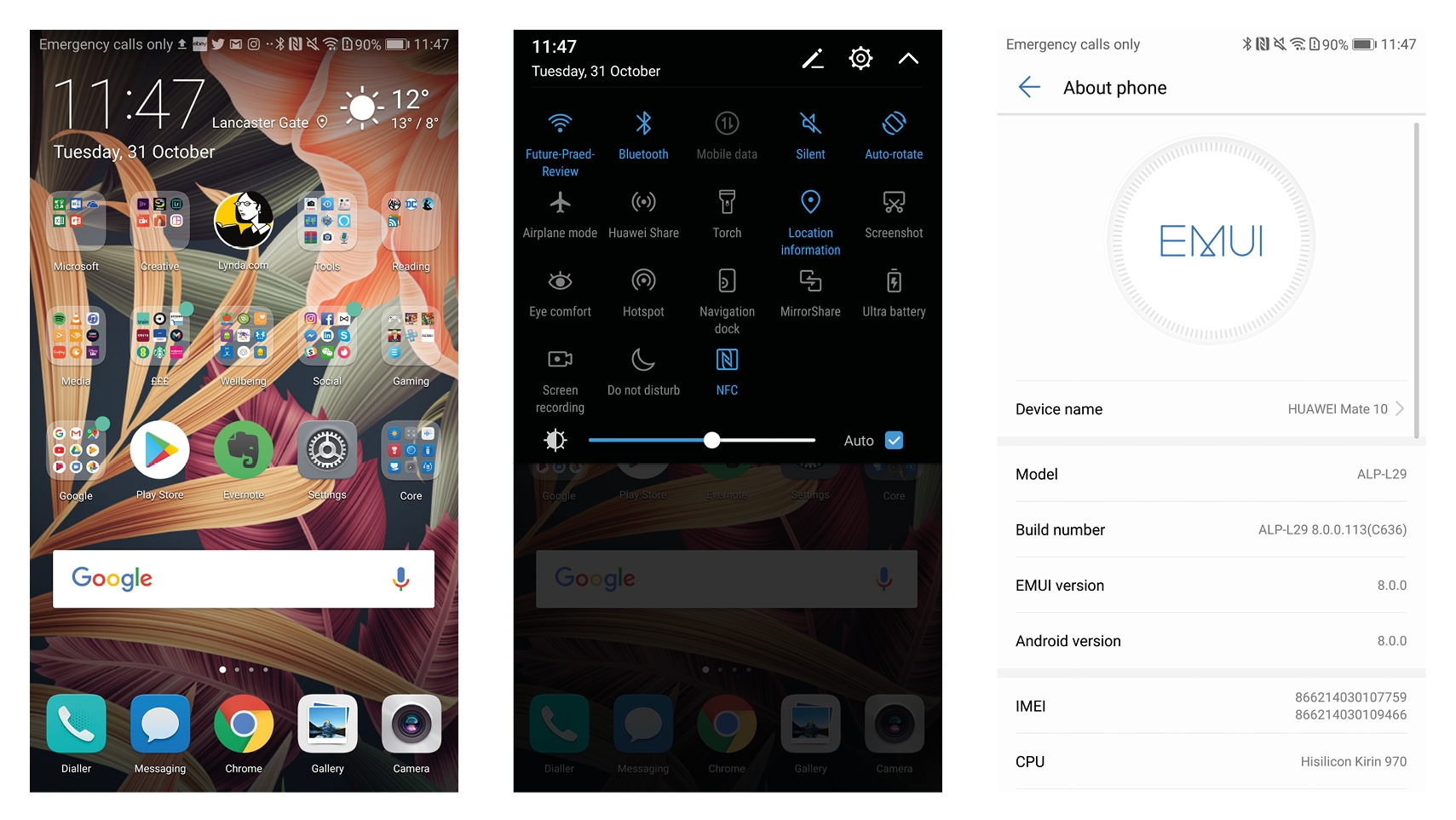
If all that sounds like overkill, it’s because Huawei has been layering EMUI with quirky features for generations, with EMUI 8 being a culmination to date.
The newest addition to the interface, introduced on the Mate 10 series, is EMUI desktop. This is similar to Samsung’s DeX interface on the Galaxy S8 range and Note 8. The key difference with EMUI desktop is that it doesn’t require a pricey dock to activate the experience, just an inexpensive USB-C to HDMI cable.
The reality is unsurprisingly less refined than DeX. Third-party app compatibility and window resizing isn’t as capable, and native app support is more limited.
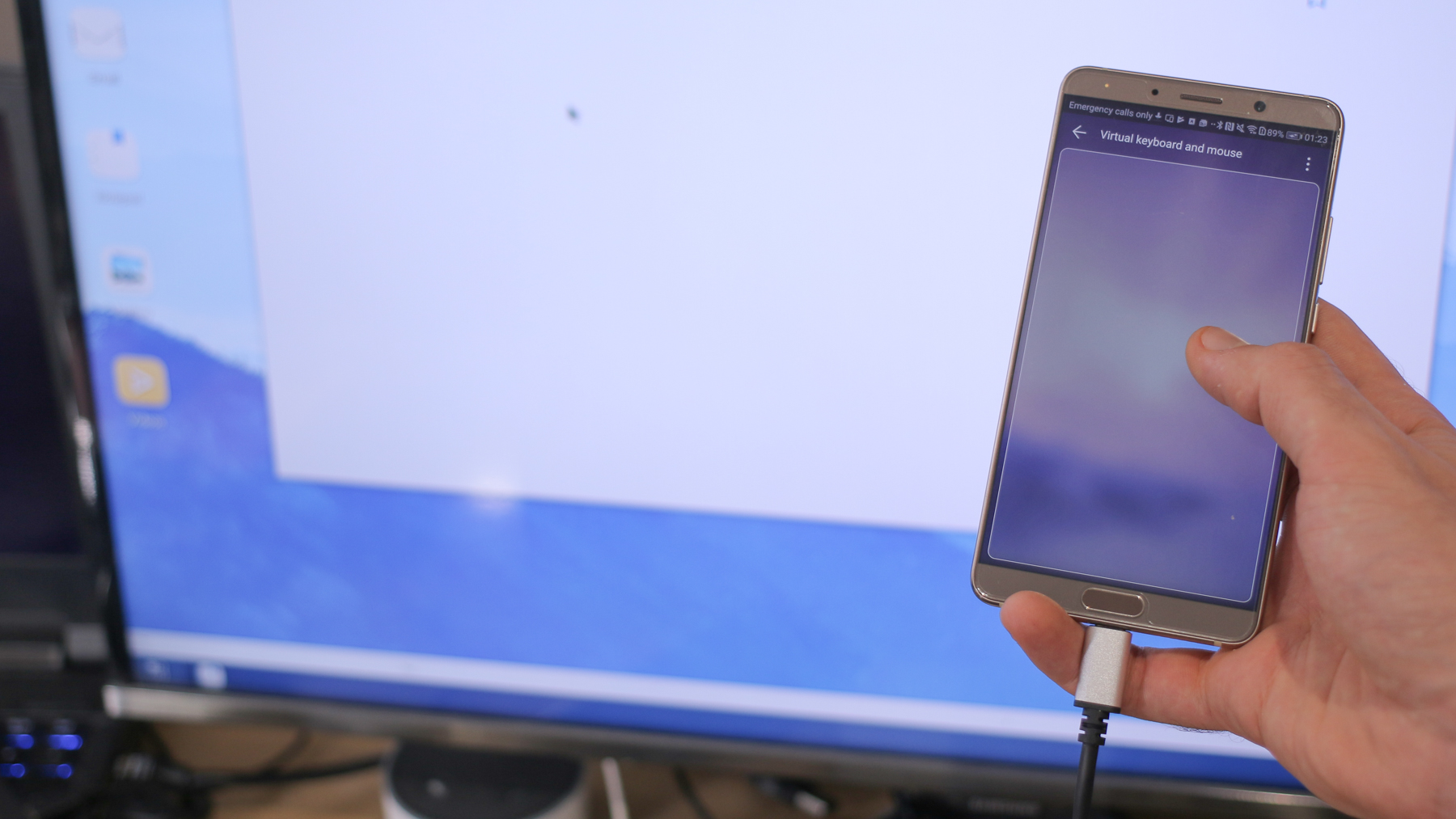
If we think back to DeX when it launched at the beginning of the year though, it was significantly worse than it is now. So while EMUI Desktop isn’t a reason enough to pick up the Mate 10 just yet, with continued support and necessary improvements from Huawei, it could offer some serious added value in the coming months.
As it stands though, the Mate 10 and EMIU are a capable combination, but are at times overbearing. If you want a simple UI, iOS and Google’s stock Android as found on the Google Pixel 2 and Pixel 2 XL feel less cluttered.
On the other hand, if you want to tinker, EMUI and the Huawei Mate 10 could be the perfect interface and device combination for you.
Movies, music and gaming
- HDR10 support means videos can look great
- Good speakers
- Plenty of power for gaming
The screen on the Huawei Mate 10 may look a little bit lackluster when held up alongside OLED displays like those found on the Note 8 and Huawei Mate 10 Pro, but in isolation, it’s good. In fact, it’s better than good – it’s great.
The Mate 10’s HDR10 tech means if you’re watching HDR content, whether it’s streaming from Amazon Prime Video or Netflix, or pre-loaded on the ample 64GB of storage or on a microSD card, it beats out most LCDs around.
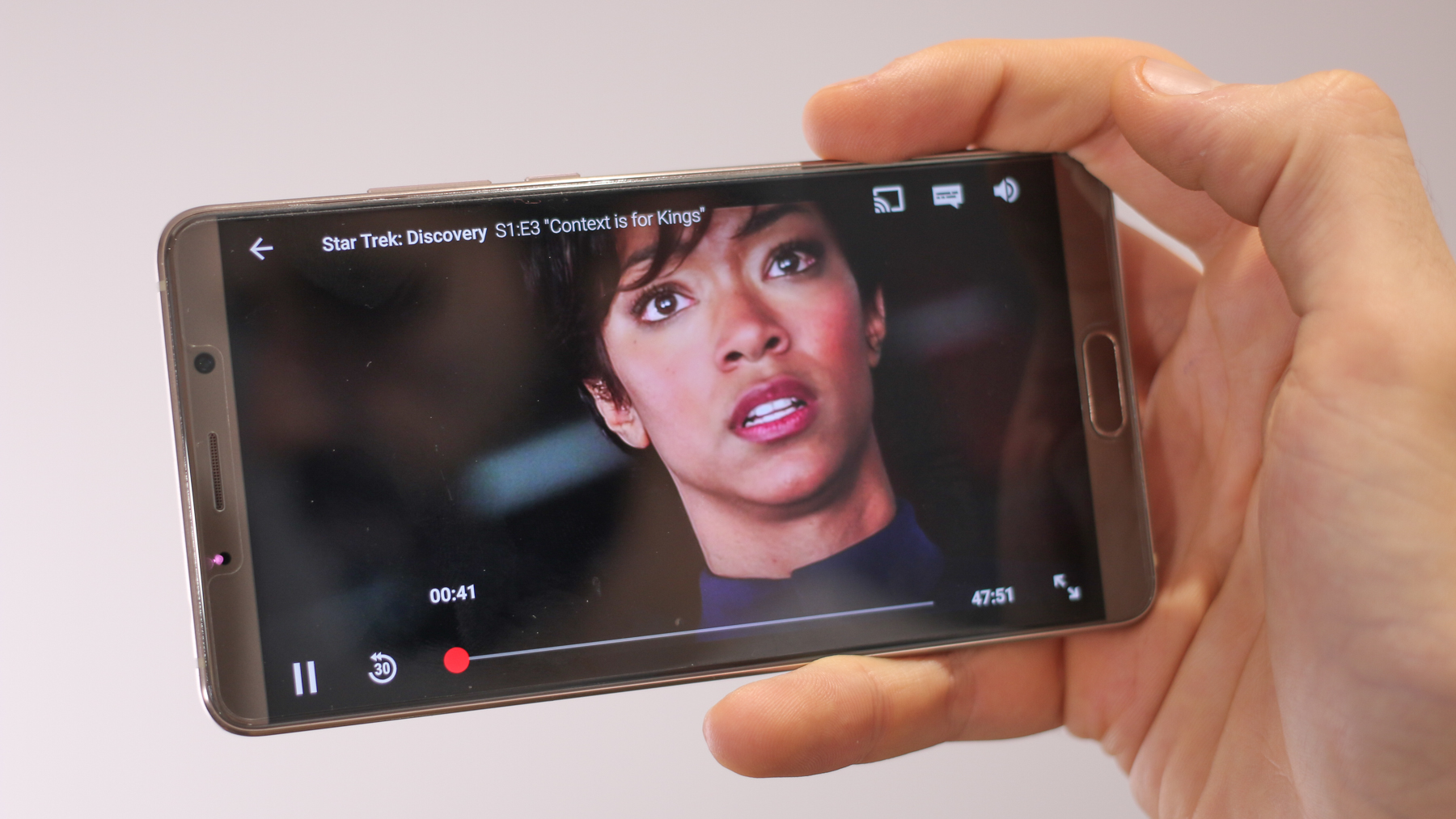
Watching standard content also looks decent, with accurate colour reproduction and cracking brightness levels, making outdoor viewing better than on most phones. The only area it falls down is when you’re looking for masses of vibrancy and contrast across videos and games. In those instances it’s a touch washed out.
Still, gaming is a treat on here thanks to the powerful Kirin 970 chipset combining with the generous screen and stereo speakers.
While you have the option to plug headphones in using the 3.5mm port, you won’t need to, with sound produced from the bottom and front-firing speakers faring better than on mono speaker rivals like the OnePlus 5.
Volume is plentiful and it doesn’t get too tinny at the top-end, making it one of the best smartphone speakers around right now, roughly on par with the iPhone 8 Plus and just marginally worse than the Pixel 2 XL.
Performance and benchmarks
- Lots of power
- Competitive benchmark scores
Huawei talked a lot about AI when introducing the Kirin 970 to the world at IFA 2017, though it isn’t this mysterious AI implementation that makes the chipset inside the Mate 10 great a week into use – it’s its sheer horsepower.
Paired with 4GB of RAM, the octa-core Kirin 970 and Mate 10 fly through split-screen multi-tasking and high-performance gaming, as well as all the standard UI requests expected from a phone a week into use.
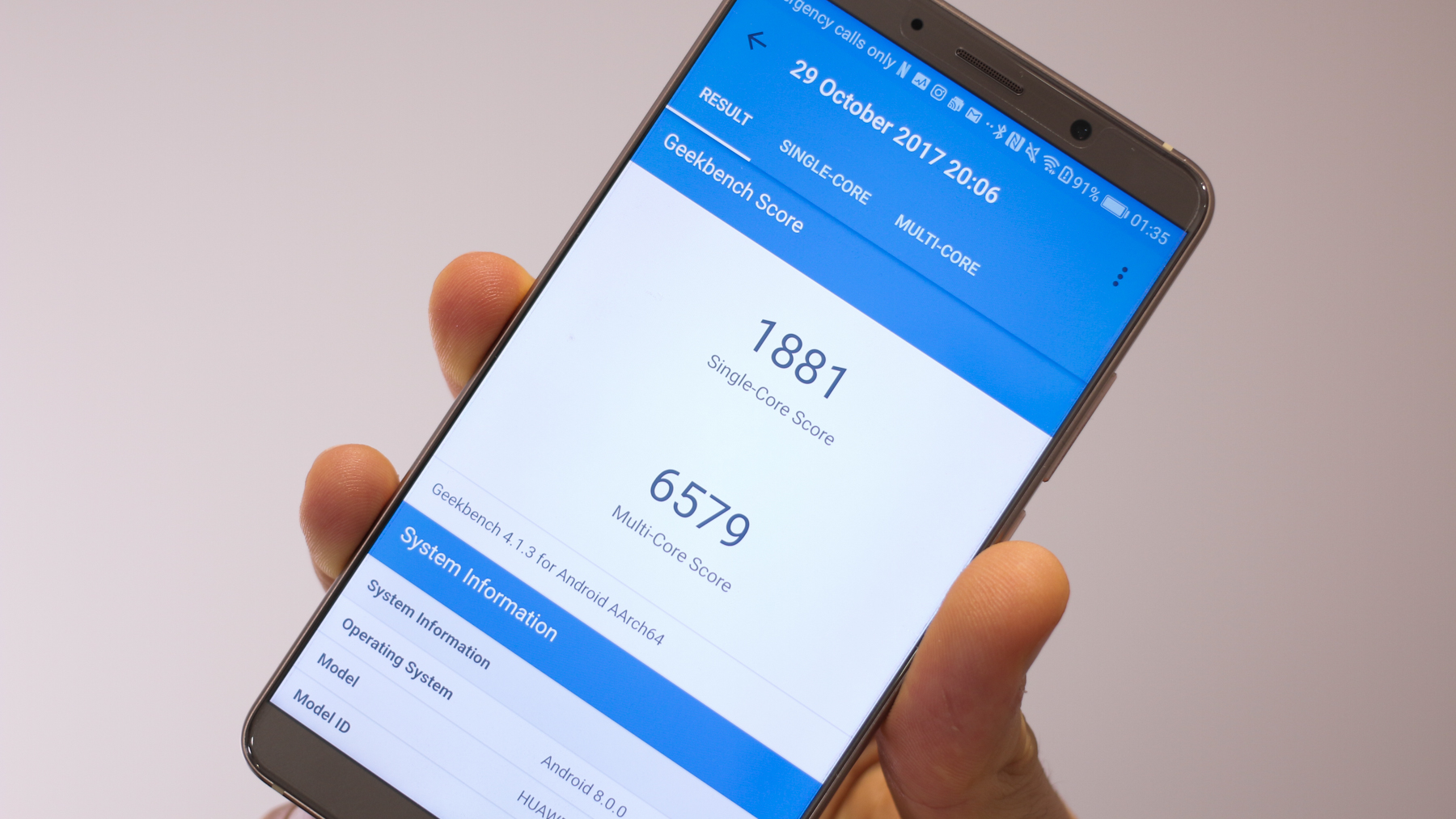
Benchmarks are fittingly high, with Geekbench scores ranging from 6039-6630, among the highest of a device of the Mate 10’s price.
Between the numbers and real-world use, everything suggests that you are relatively future-proofed from a performance standpoint should you pick up the Mate 10.
Huawei even goes a step further, promising that the Mate 10 won’t slow down after 18-months, owing to machine learning. We can’t confirm or deny this claim, but an intensive week into use, so far so good.
Verdict
The Huawei Mate 10 won’t even be a consideration for anyone in the UK or the US right now given its limited availability, but if you’re reading this in Australia or another region it will be available, and are in the market for a big phone, it should definitely be a contender.
Combining premium design and a top-tier spec sheet with an easy to justify price tag and an excellent camera set-up, it delivers flagship experiences while undercutting many flagships.
It also offers more flexibility than the Mate 10 Pro, sporting both a 3.5mm headphone jack and a microSD card slot. In fact, the only things missing on the Mate 10 are wireless charging and water resistance.
If either of those are deal breakers, then look elsewhere. If not, and you aren’t put off by Huawei’s take on Android, the Mate 10 could be the best value flagship spec'd phablet around right now.
Who's this for?
The Huawei Mate 10 is a power user’s dream. Costing AU$899 (around $710, £530) SIM free, it represents the kind of price point that’s a step above the OnePlus 5 and a step below other flagships with comparable power. It’s almost worth looking at it as a OnePlus 5 Plus of sorts.
Stock android purists, or anyone who prefers their user interfaces clean, simple and fuss-free will want to look elsewhere. The lack of water resistance and wireless charging may also put potential buyers off.
If you enjoy a customisable interface however, don’t need wireless charging or water resistance and are in the market for a big phone with excellent specs for the price, plenty of power and a great enthusiast camera setup, the Mate 10 will fit the bill nicely.
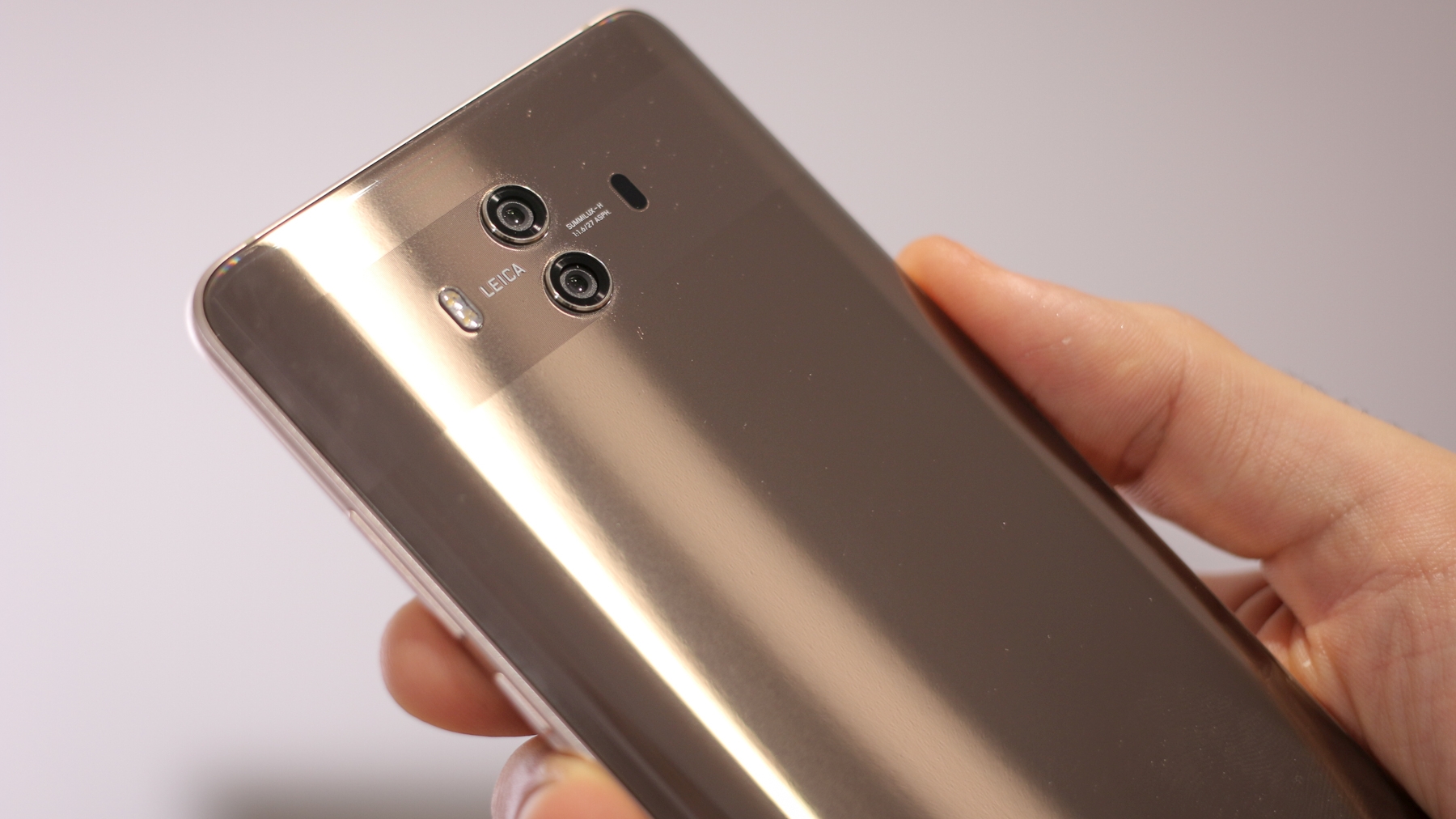
Should you buy it?
The Mate 10 represents a good value flagship phablet with few shortcomings.
The fact it has a 3.5mm headphone port and a microSD card slot adds appeal to users put off by smartphones like the iPhone 8 Plus, Google Pixel 2 XL and Mate 10 Pro – all of which ditch the aforementioned connections in favour of water resistance.
It also delivers a very customisable camera experience, falling behind the Google Pixel 2 XL in plain automatic mode, but edging ahead when it comes to the manual modes and kinds of photo opportunities made available as a result.
Perhaps most appealing is the Mate 10’s price. Costing AU$600 less than the Galaxy Note 8 for example and shipping with a case and pre-fitted screen protector in the box, you can’t help but feel like Huawei just offers better value for money here.
As a result, if you’re looking for a flagship-type device in a big, sleek chassis that represents decent value for money and you don’t mind the lack of wireless charging or water resistance, the Mate 10 is easy to recommend.
The Huawei Mate 10 has competition from a number of more widely available phones, such as the following three.
Huawei Mate 10 Pro
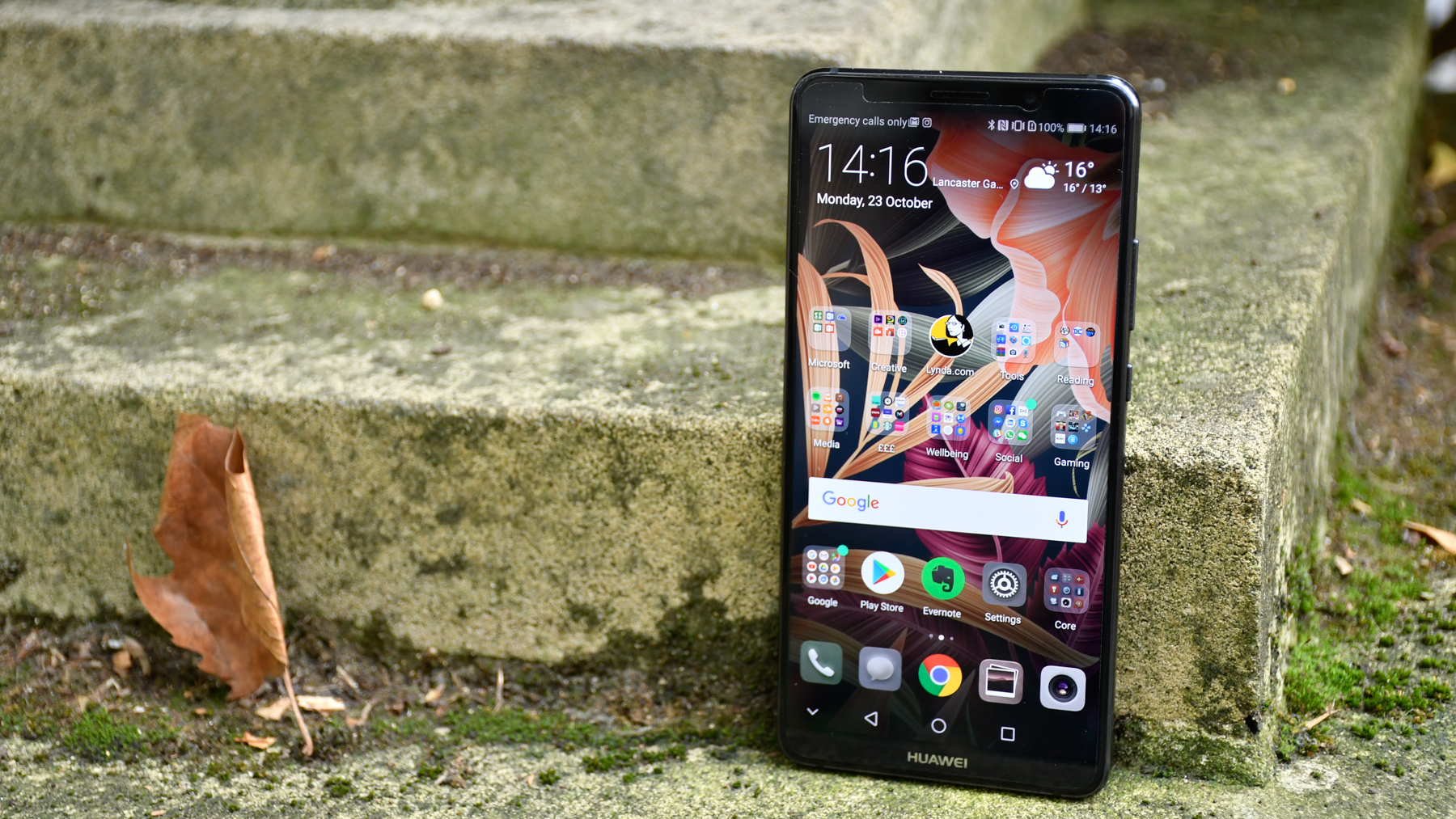
The most obvious alternative to the Huawei Mate 10 is the Mate 10 Pro.
The Mate 10 Pro features more storage, 128GB vs 64GB on the Mate 10, has an OLED display, IP67 water resistance and is a smaller device. It also offers better battery life and 6GB of RAM as opposed to 4GB.
The Mate 10 does have some key advantages though – a 3.5mm headphone jack, a sharper, QHD display and a microSD card slot.
- Read our Huawei Mate 10 Pro review
OnePlus 5
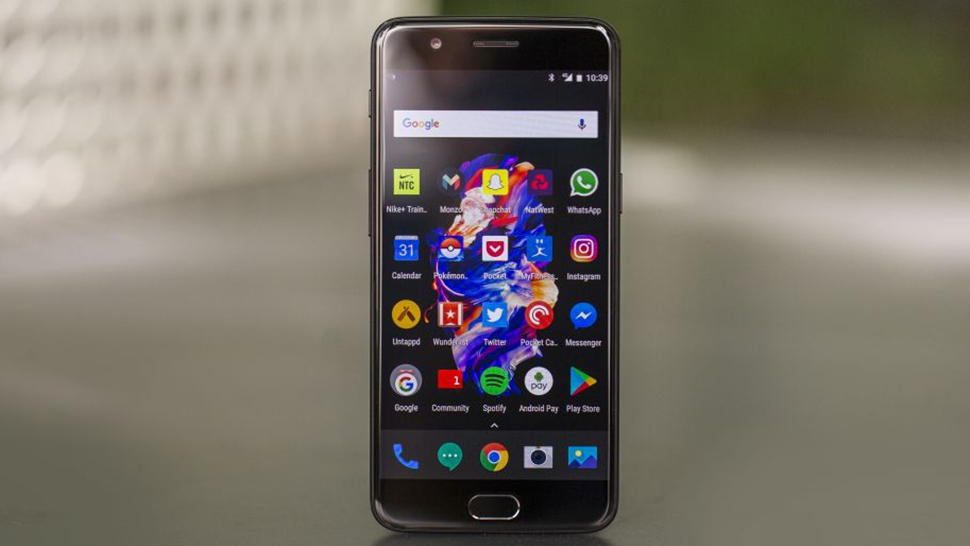
The OnePlus 5 is the best value for money Snapdragon 835 smartphone out now, with the 64GB version undercutting the Mate 10 by AU$300.
It can’t compete with the Mate 10 in terms of screen size, resolution, speaker quality or battery capacity. Nor is it microSD expandable, though it does offer plenty of power under the hood and a punchy OLED display, making it a great gaming choice.
- Read our OnePlus 5 review
Samsung Galaxy S8 Plus
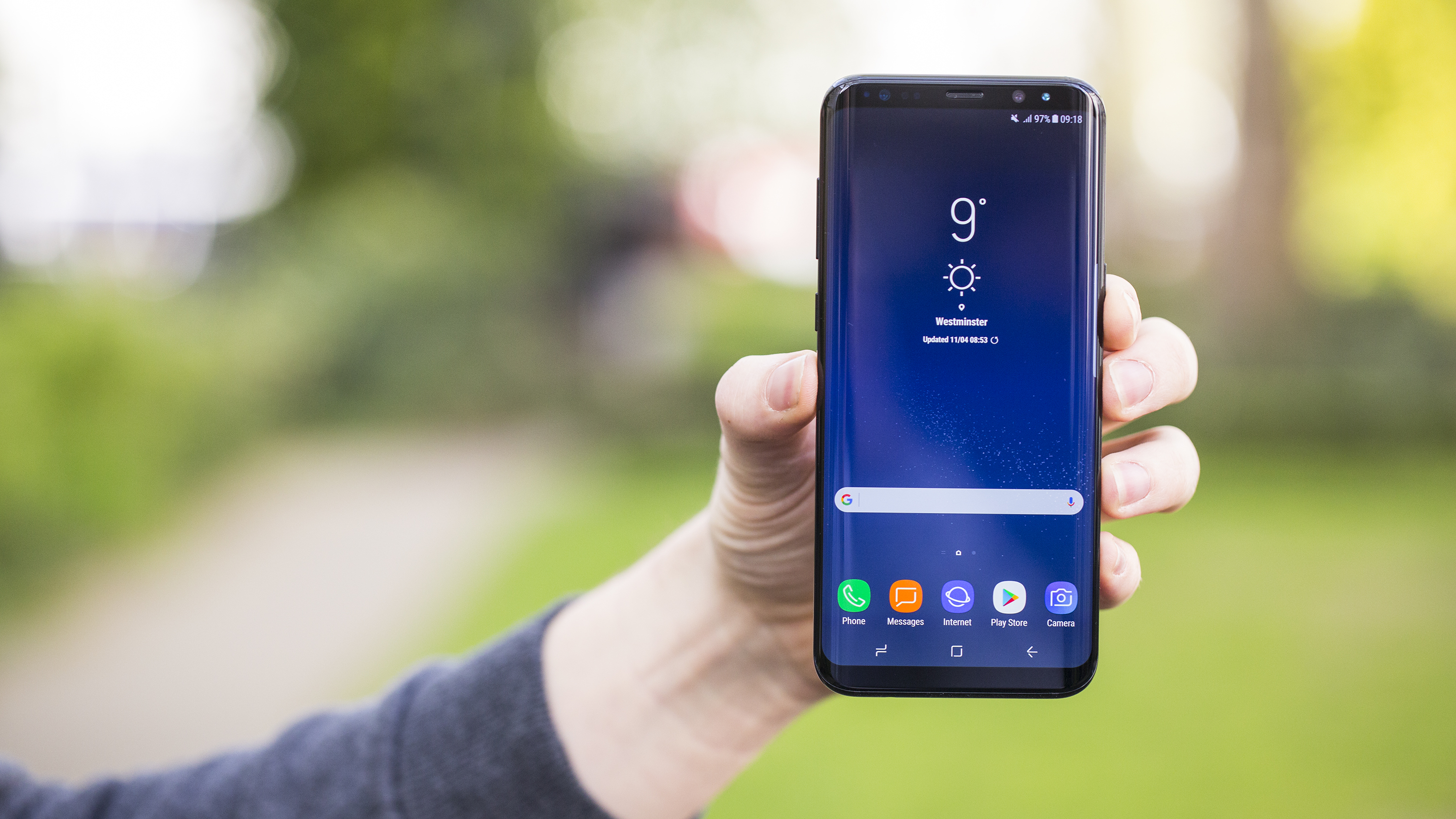
Available for AU$1,149 if you shop around, the Samsung Galaxy S8 Plus competes on the big-screen front, but delivers 18:9 AMOLED technology, edging ahead of the Mate 10 in terms of both size and quality. Where the Mate 10 wins out is value, still costing AU$250 less.
Huawei’s latest Mates also pack a newer version of Android than the S8 Plus as well as a dual-camera set-up, though the Mate 10 doesn’t have the IP rating that the S8 Plus does.
- Read our Samsung Galaxy S8 Plus review
First reviewed: November 2017
0 comments:
Post a Comment